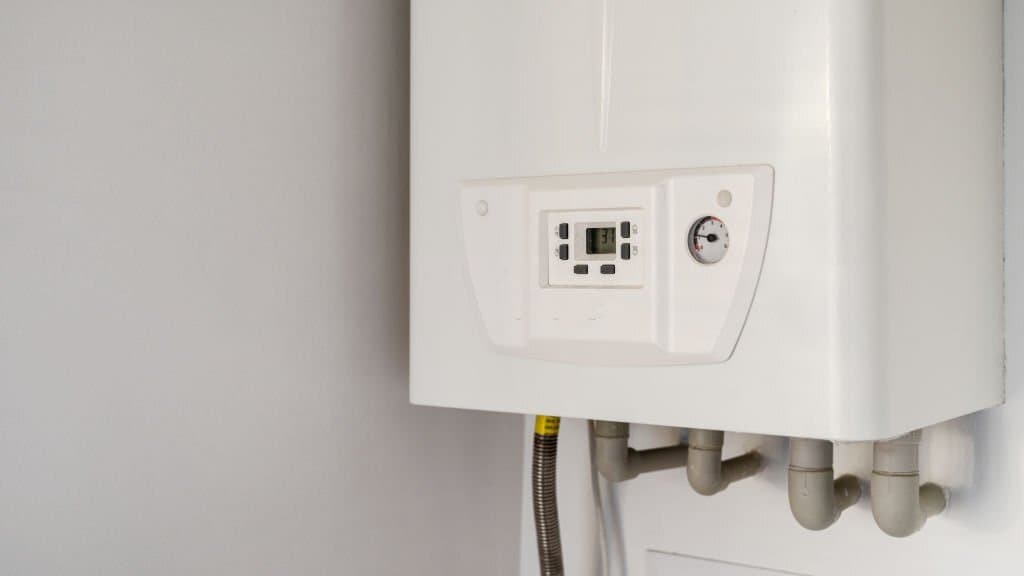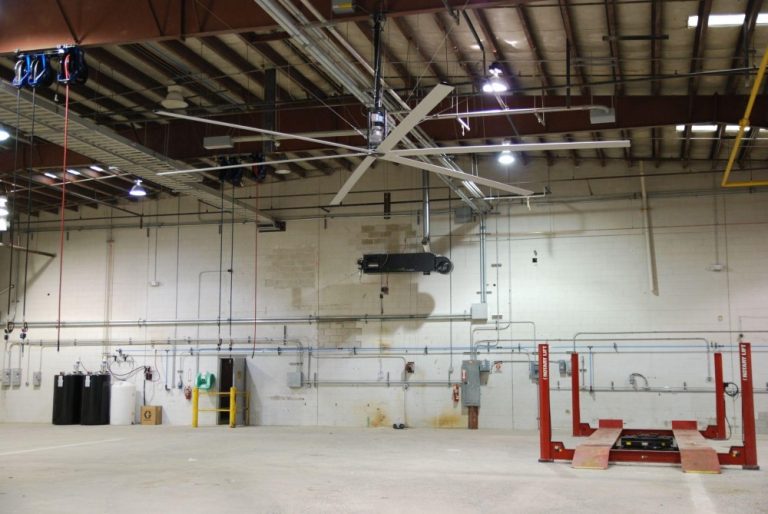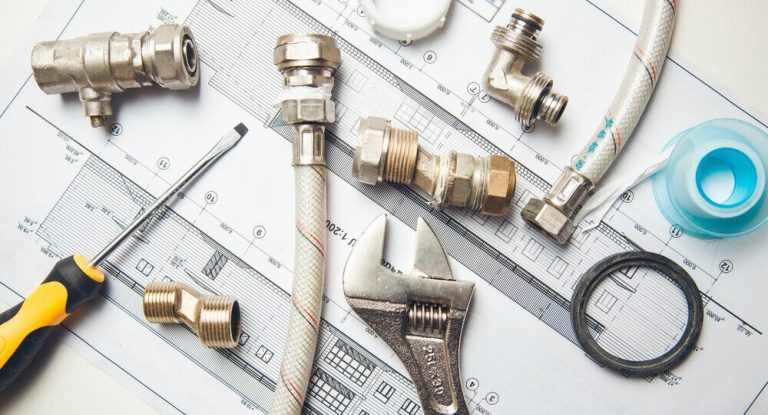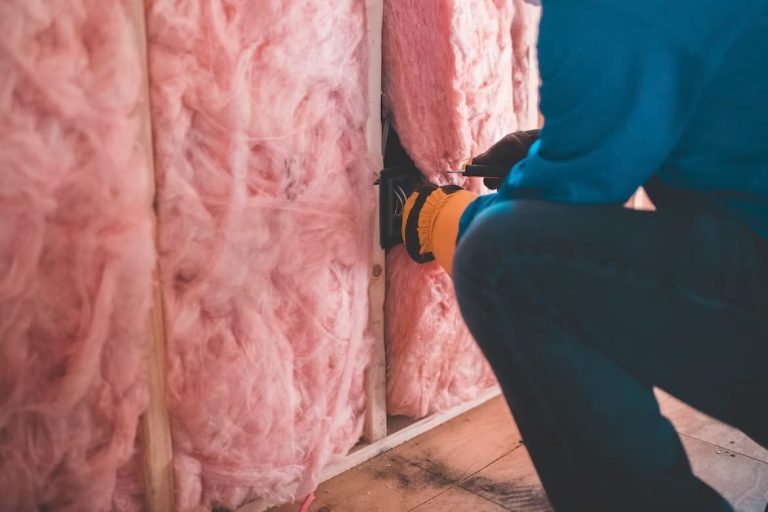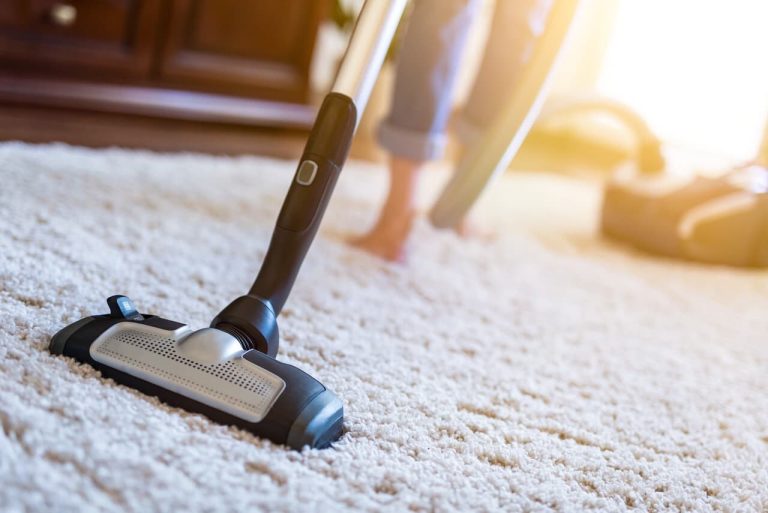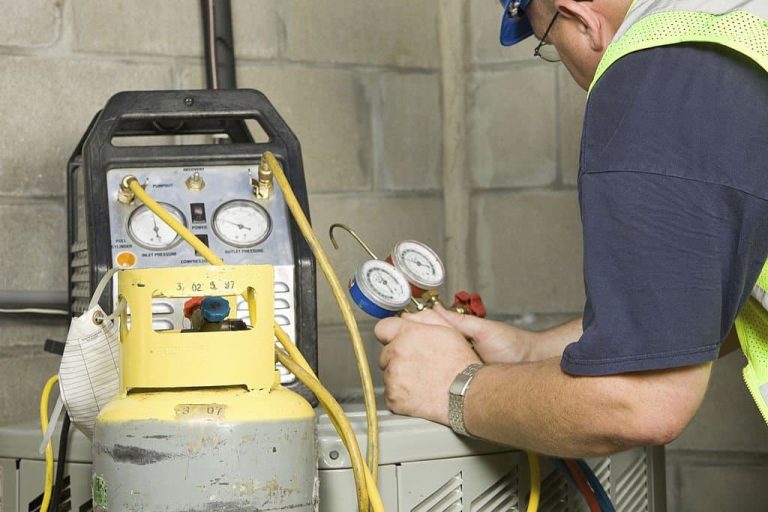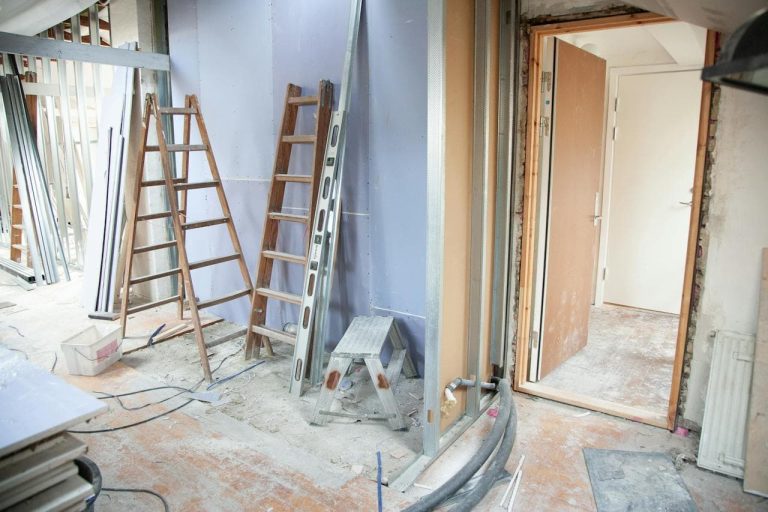Does Wrapping Your Water Heater Really Save Energy?
Are your energy bills rising steadily?
If so, you might consider wrapping hot water heater pipes. Each time you do the dishes, or shower, the water heater uses energy. But does wrapping it really help save energy in the long run?
Water heater wraps are mainly insulated blankets that maintain the hot temperatures in the tank for longer periods of time. The wrap works with the same principle of insulated walls, ceilings, and windows.
However, to get the most out of your insulator, you should hire experienced plumbers like the pros at Clover Services.
Besides fixing pressure release valves, the experts can wrap the water heater with cold and hot water pipes. The insulation blanket maintains the heat in hot water pipes and prevents condensation in the cold water pipes.
Table of Contents
A Water Heater Blanket and How It Works
The primary function of the water heater is to heat the water and keep it warm. However, some tanks are made with light materials that lose heat. When heat is lost, the heater heats the water again, using more energy.
To reduce energy usage, homeowners wrap a water heater insulating blanket around the tank and the pipes. The blanket has a layer of insulation that prevents heat loss from the tank.
Although the wrapper is easy for DIY enthusiasts, homeowners should hire experts for proper installation. Once the expert fixes the blanket around the tank and pipes, they secure it with unique belts. You can also use duct tape to put the wrapper in place.
There are many types of insulation blankets. You can buy one with a reflective foil because they offer better insulation. Besides, the insulation blanket maintains the tank’s natural form.
Although homeowners with electric water heaters can DIY the insulation blanket, those with gas heaters should always hire a professional installer. These heaters are more dangerous to operate, hence needing an expert.
Does Wrapping Your Water Heater Really Save Energy in the Long Run?
Generally, newer water heaters have better insulators than the older models. Most older tank models did not have any insulation, and these would benefit more from wrapping with insulating blankets.
If you want to know whether wrapping your water heater is helping, touch the tank. It should be cold, meaning that no energy is escaping from inside. However, if the water heater tank is hot, you are not benefiting from the insulation blanket.
Also, homeowners living in colder climates benefit more from wrapping the water heater. The water in those areas requires more energy to heat and maintain the temperatures, and the wraps help reduce energy usage.
Installing a Water Heater Blanket
When wrapping water heater units, you should follow the instructions provided in the kit with the heat covers. Also, these instructions vary depending on the type of water heater you have.
For example, if you have an electric water heater, you should not cover the thermostat. Also, the water heater drain valve and the temperature-pressure relief valve should be left open.
These instructions also apply to the gas water heater. The difference with this heater is that the wrapper should not distract the airflow to the burner, and you should also leave the draft diverter open.
Is It Worth Spending Money Wrapping A Water Heater?
If you have an aging water heater unit or live in a cold climate, wrapping your water heater will be a fantastic investment. The blanket will help you save up to 17% on energy bills. Besides, the covers are affordable. Most of them cost about $30.
You can also get more savings by wrapping your hot water pipes. Attaching pipe sleeves to your nearest hardware keeps them safe, warm and in proper working order. Although covering the cold water pipes will not help save energy, it reduces condensation, which can cause pipe bursting and other plumbing problems.
How to Install the Water Heater Blanket
Installing a water heater blanket is a straightforward process. But before starting the process, clear the area around the water heater to get enough space to work.
Besides, these blankets are broad, and you might require help. Therefore, if you want to try your hand at a DIY installation, get an extra person to help. Before you start, do the following.
- Ensure the water heater is functioning well and does not leak. Insulating a leaking water heater will not help, and it could also destroy the insulating blanket. Consider buying another water heater if the current one is leaking.
- If you have an electric water heater, it is advisable to also insulate underneath the tank. The bottom part loses heat to the floor, which is hard to notice. However, this part is easier to insulate when installing a new water heater.
Follow this step-by-step installation guide once you have your insulating blanket and all the necessary tools.
Turn Off the Water Heater
Before wrapping hot water heater pipes, you should ensure that there is no energy supply to the water heater. If your heater uses electricity, turn off the breaker.
Measure the Water Heater
Take measurements of all the sides of the water heater. It helps you to determine the length of the blanket required.
Wrap The Blanket Around The Heater And Secure It
Cut the blanket into the heater’s size and wrap it around the tank. You should temporarily tape it to ensure it stays in position.
Cut Out the Control Panels
Use a marker to identify the areas on the blanket where the control panels meet. You should also mark the parts where the pressure relief valve and pipe will stick out of the pipe. Remember, these parts should not be covered.
Install the Blanket
Once you have cut out the necessary parts, you can install the blanket. Have an extra person to help wrap the insulation around the tank while securing it with the tape. Also, ensure to line up all the cut-out areas for the proper functioning of your unit.
Switch On the Water Heater
Your water heater is now ready to run. Turn on the breaker at the electric panel and keep it running. However, you should keep the temperatures at 130oF to avoid overheating the insulator.
Final Words
You can get an insulating blanket now that you know the importance of wrapping hot water heater pipes. However, homeowners with the old water heaters benefit more from the blanket because they have less insulation and lose more energy.

